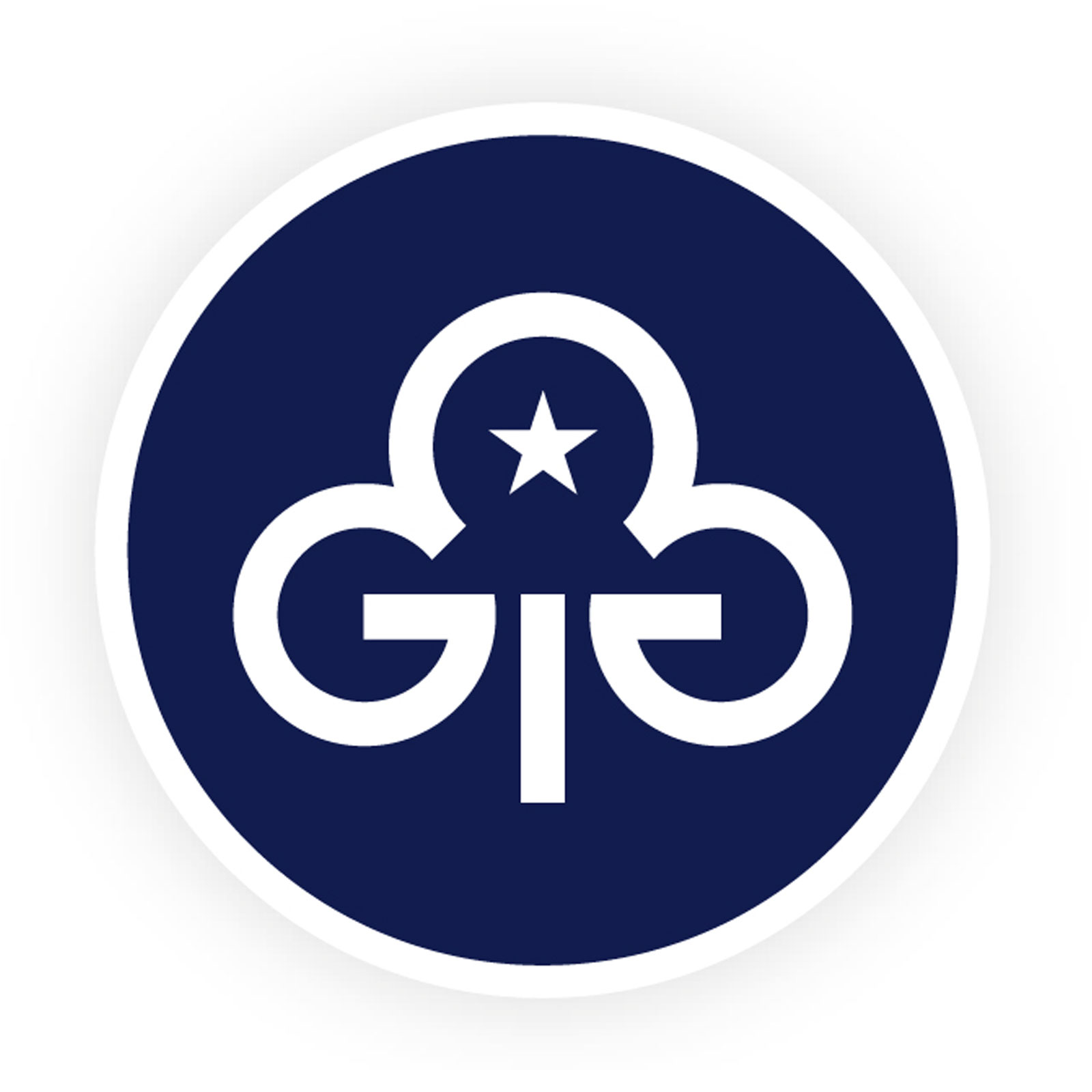
Girlguiding Sheffield
Formation of the Sheffield Local Association.Although the Girl Guide Movement wasn't officially formed until 1910, it is known that Sheffield had Guides as early as 1907. They were the sisters of a Scout who were jealous of his involvement in the Movement and met in the back garden of a house in Crookesmoor. This Company soon grew to 16 keen girls.
Over a period of 7 years, Guiding in Sheffield grew slowly. Then, in 1914 when the First World War broke out, uniform seemed the correct thing to wear and more interest was aroused in the Girl Guide Movement. A meeting of interested people was called and, as a result, the Sheffield Local Association came into being.
A Chairman was appointed: Miss Escott, headmistress of Sheffield High School. At this time, there were three Guide Companies in Sheffield and the Captains of these companies were invited to this meeting and each gave a short report of the work being done in their Units.
Early in 1917, the rules that the Local Association had adopted were altered to bring them into line with the new official Book of Guide Rules published by London Headquarters.Widening Horizons
During the next few years, many new Companies sprang up in various parts of the City and surrounding district and applied for registration. The Local Association were very anxious to ensure that a high standard of discipline was established and that each company was run according to correct Guide procedure, so each Company was visited by the Commissioner, Mrs Clegg, before it was accepted for registration.
Still more units were forming, Mrs Clegg being asked to oversee Companies as far afield as Swinton, Barnsley and Dinnington. After a while, however, Barnsley and Rotherham formed their own Local Associations so this took the pressure off the Sheffield one.
On 21st July 1919, a Conference of West Riding Commissioners was held in Leeds. The most important outcome of the conference was to divide the West Riding into two Guide Counties: West Riding (North) and West Riding (South). At the time there were 72 companies in the County which covered Sheffield, Doncaster, Barnsley, Wakefield, Rotherham, Huddersfield and Selby and the surrounding country.
At the same time as the West Riding County was divided, Sheffield itself felt the need to divide. In Autumn 1920, Sheffield Division was divided into three districts: North, South and West.
After the war, Guides continued to flourish and new companies continued to be formed. With increasing numbers, the question of insuring Guide personnel against personal accident and damage to property other than their own while under the control of Guiders was considered and approved. The premium of 2/- (10p) per 1000 was to be met by each Guide and Brownie Unit paying 6d (22p). The balance was paid by Local Association.
In 1921, badge examinations were done on a regular basis. They were held every 6 months and the entrance fee for each badge would be 4d (approx. 6p).
In 1925, Sheffield Division was again split into 8 Districts and then in 1927, there was major re-organisation. The original Sheffield Division was split into four Divisions, North, South, East and West, each with four Districts. These four Divisions remained relatively unchanged, apart from a new District being formed occasionally in one or two of the Divisions, until 1949. In the Autumn of 1949, Central Division was formed, taking some inner city Districts or Companies from all the four existing Divisions.
The first mention of Trefoil Guilds in Sheffield is in its Annual Report for 1948 which stated that Sheffield had four registered Guilds with a total of 93 members. By 1949, this number increased to seven, with at least one Guild in each Division.
With the increasing numbers in many of the Divisions, it was felt that each Division should have more control over its own affairs. A new appointment, Commissioner for the City of Sheffield, was made. She would represent all Guiding in Sheffield. When the Chief Commissioner for England visited Sheffield in February 1965, she gave permission for the Local Association to run for an experimental year as the Sheffield City Association of Girl Guides.
At the beginning of 1965, a new, sixth, Division of Sheffield was formed, to be known as South-East Division. The whole of Norton/Greenhill District was transferred from South Division.
In the autumn of 1967, it was decided that the present large County of West Riding South should be split into two separate Guide Counties. Sheffield was to become a Guide County on its own.
At the same time as Sheffield was in the process of becoming a Guide County, the whole Guiding programme was changed, both in method and, to some extent, content with the publication of "Tomorrow's Guide". On the 18th March 1968, handbooks were published.
Special Events and OccasionsIn 1960, the Guide movement celebrated its 50th birthday. To celebrate the opening of Jubilee year, a reception for Guiders was given by the Local Association at the Cutlers Hall in Sheffield.
1970 was a memorable year, celebrating the Diamond Jubilee of Guiding. It involved much planning and preparation to mark this event. A Jubilee week was held from 20th to 28th June and the Guide World flag was flown from a pinnacle of the City Hall and two more flagstaffs in Fitzalan Square.
1975 was another year of celebration - this time the Diamond Jubilee of Sheffield Guiding. Jubilee Day, held in Hillsborough Park on the 12th July was a splendid day and was enjoyed by thousands of Brownies, Guides, Rangers and friends.
In 1981 a Ranger Council came into being with Ranger representation from each Division.
Sheffield's first International Camp, Forge 81, was held at the Outdoor Activity Centre and on the adjacent open space. Guests from Belgium, Denmark, France, Greece, India and West Germany attended.
1985 saw the celebration of 75 years of Guiding.